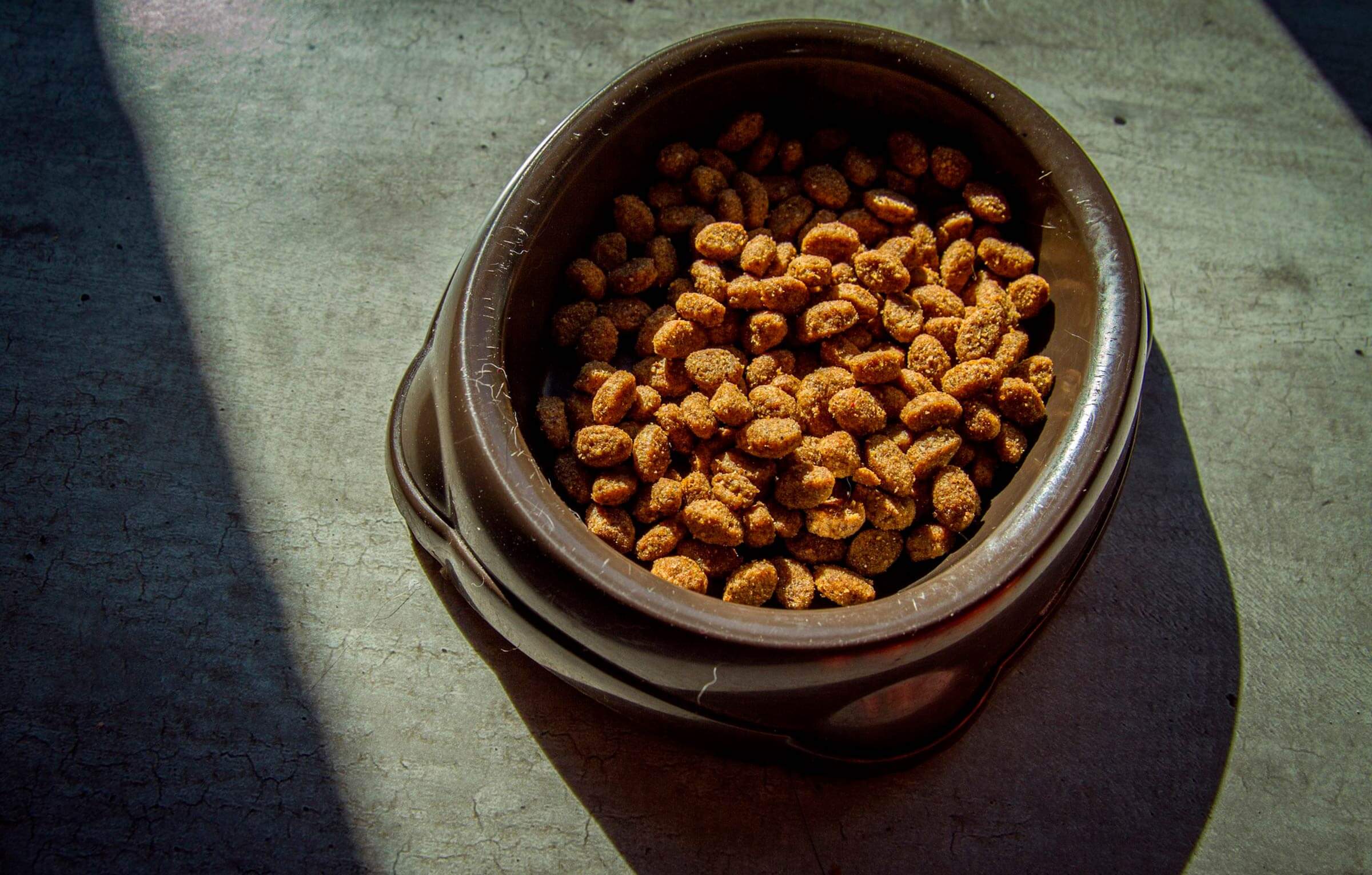Feed ingredients, additives and correctors from food by-products
New sustainable and economic sources of raw materials from unused food fractions: surpluses, trimmings and/or rejects from food production processes and their distribution.

We provide feed companies with new safe, competitive and sustainable raw materials as a source of protein, amino acids, fibre, fat, fatty acids, minerals, vitamins, etc. for pet food, livestock and/or aquaculture. In this way, we contribute to the sustainable and competitive development of a sector that is highly dependent on the large international raw material supply markets.
We study the availability of by-products in sufficient quantity to supply the needs of the feed sector, analyse whether the nutritional value of the ingredients generated meets the needs of the target species and ensure the food safety of the new ingredients produced and compliance with legislation.
We propose complementary solutions for the adaptation of the food by-products to the requirements of the feed production sector: from segregation and storage at origin, collection and logistic needs, potential synergies with other by-products, processing and stabilization to obtaining the ingredient, as well as the acceptance and/or nutritional efficiency tests of these ingredients in animals.
Market implementation period
The estimated time to put a new ingredient, additive and/or corrector on the market for feed materials depends largely on the production cycle of the target species which conditions the duration of acceptance and nutritional efficiency tests with animals.
Notwithstanding the above, an average transfer time of approximately 18 months is estimated.
Benefits for your company
The potential benefits to the company associated with the availability of a new, more sustainable and economical ingredient, additive and/or corrector are:
- Reduction of the dependence on traditional markets for raw materials by partially or totally replacing them with a raw material of local origin.
- Improvement in the supply of raw materials by ensuring the availability of a more stable raw material through long-term supply agreements
- Competitive improvement of feeds associated with the use of cheaper raw materials.
- Reduction of the environmental impact of the feed production activity associated with the use of food by-products and the corresponding decrease in the import of raw materials and land liberalisation.
- Promotion of the generation of new bio-economic activities
- Maintenance and generation of new jobs
- Optimal use of natural resources
- Improved image with customers and suppliers
Sectors of application
These ingredients can be used in any animal feed production sector:
- Pets: focused mainly on the welfare of the animal and its interaction with the human being.
- Livestock: focused on efficiency in production capacity and quality of meat and livestock products such as eggs, milk and its derivatives.
- Aquaculture: oriented to the efficiency in the productive capacity and quality of fish and its derived products: eggs
International projects
AZTI’s researchers have extensive experience in international, national and regional projects, which allows them to apply the knowledge acquired at a sectoral and/or regional level:
- NAMASTE: An initiative between India and Europe that seeks to develop innovative, interesting and industrially applicable alternatives for the valorisation of by-products of fruit and cereal processing through the economically and environmentally sustainable transformation of these into ingredients for aquaculture feeds.
- VALUE: European initiative that seeks to increase the competitiveness of the cultivation and manufacture of fruit and vegetable varieties in which Europe is a world leader, through the reduction, reuse and valorisation of by-products, converting them into new resources while reducing the emission of greenhouse gases caused by bio-waste going to landfill.
- CLEANFEED: European project that aims to prevent the generation of vegetable waste by using it as a valuable ingredient in animal feed. In the case of the Basque Country, 70% of the 25,000 tonnes of vegetable waste currently treated as waste could be used.
- VALORLACT: Project for the integral recovery of whey generated by cheese dairies through its transformation into new high-value foods for human and animal consumption. In addition to providing an opportunity to reduce the pollution generated by the whey from the cheese dairies, it also prevents the loss of nutrients.
- GISWASTE: Project for the development of a tool that combines multi-criteria decision methodologies and Geographic Information Systems (GIS) to help in the decision making process in the management of meat, vegetable and dairy by-products generated by the food industry at a sectorial and/or regional level as an ingredient for animal feed.
- BREWERY: European project that aims to reuse beer by-products as an ingredient for the cultivation of sea bream, sole and trout.
- SOSDIE: Local project that aims to reuse various food by-products as an ingredient for animal feed: coffee grounds as an ingredient for feeding milk producing livestock (sheep and cows); potato for destroying pigs for feeding pigs and grape stalk for rabbit farming.
Experience is a degree
With more than 20 years of experience in the valorisation of food by-products as ingredients for animal feed, at AZTI:
- We know and take into account all the technical, economic, legislative and market requirements that can condition the success or failure of the reuse of a by-product as an ingredient for animal feed.
- We have the necessary laboratories and personnel to characterize by-products and evaluate their nutritional potential, as well as the possible presence of anti-nutritional factors and undesirable substances.
- We have the knowledge to raise the options of adaptation and stabilization of the by-products to meet the requirements of the feed product sector.
- We are able to employ or develop the necessary technologies.
- We have a pilot plant with technologies (traditional and innovative) to validate the production of a valuable raw material.
- We are experts in obtaining new raw materials for animal feed: pets, livestock and aquaculture.
- We use Life Cycle Analysis (LCA) techniques to quantify environmental improvements and focus on the best options.
- We collaborate with expert centres in acceptance and nutritional efficiency testing of new raw materials for both pets and livestock and aquaculture.
- We have experience in the development of new business models focused on the reuse of by-products as new raw materials for animal feed.
- We have contacts with potential investors willing to start new business activities for the production of new raw materials for animal feed.

